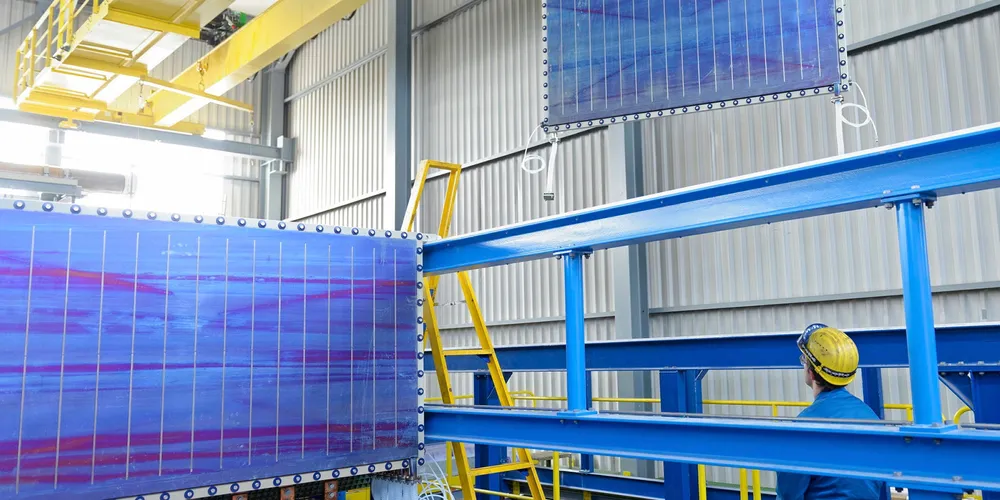EU set to miss hydrogen electrolyser target for 2024: ICIS and Hydrogen Europe
6GW goal in danger as EU countries primarily target 2030 and only small projects of up to 20MW seen online by 2024

6GW goal in danger as EU countries primarily target 2030 and only small projects of up to 20MW seen online by 2024
